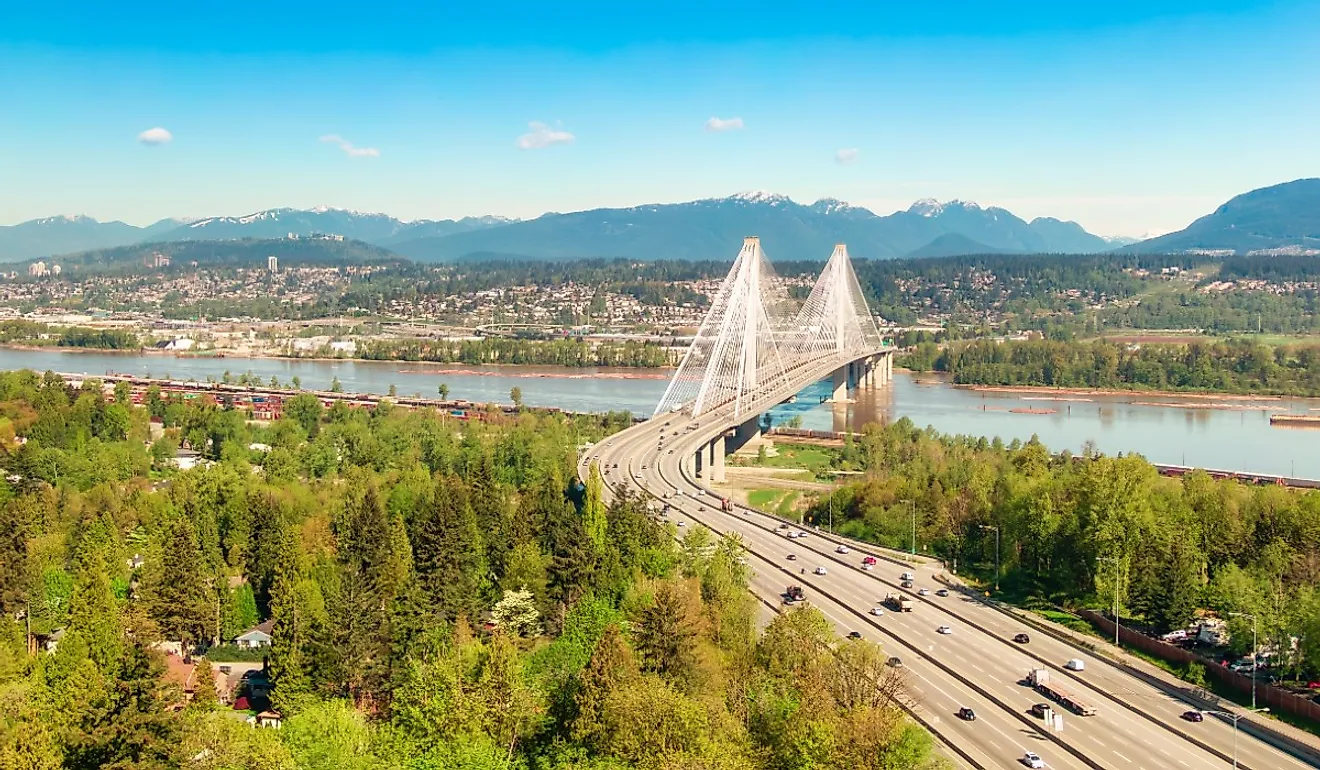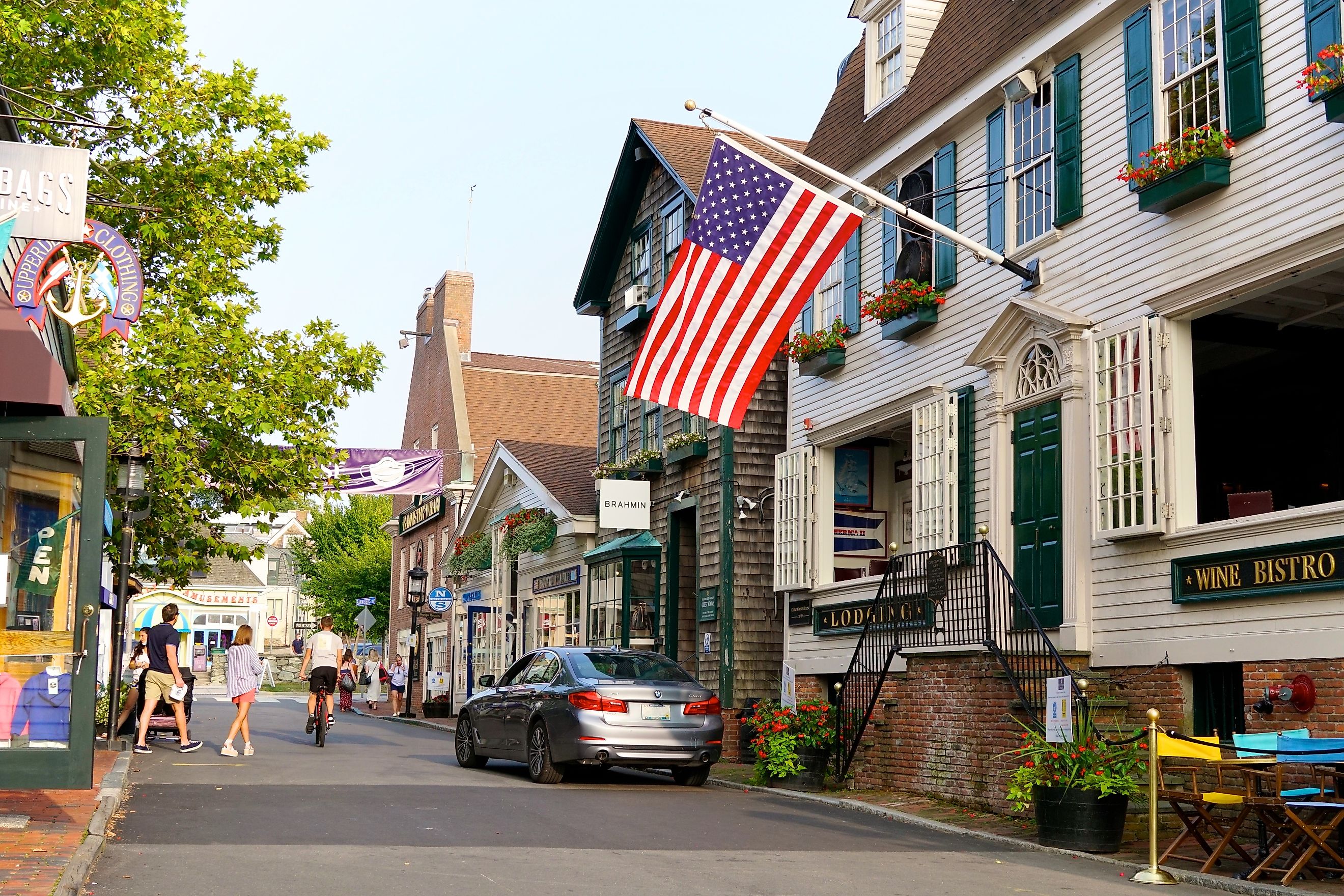
These Small Towns in the USA Were Once Capital Cities
Throughout the history of the United States, 32 towns and cities have had the honor of serving as capital cities before their states settled on their current capitals. Though no longer political hubs, these locations retain a rich historical significance and offer a unique glimpse into the early years of their state’s development.
Many of them have, in fact, changed little in terms of their size, retaining that special small-town spirit and feel that makes them attractive tourist destinations. For those interested, here are some of the best small towns to visit in the USA that were once state capitals.
Kingston, New York
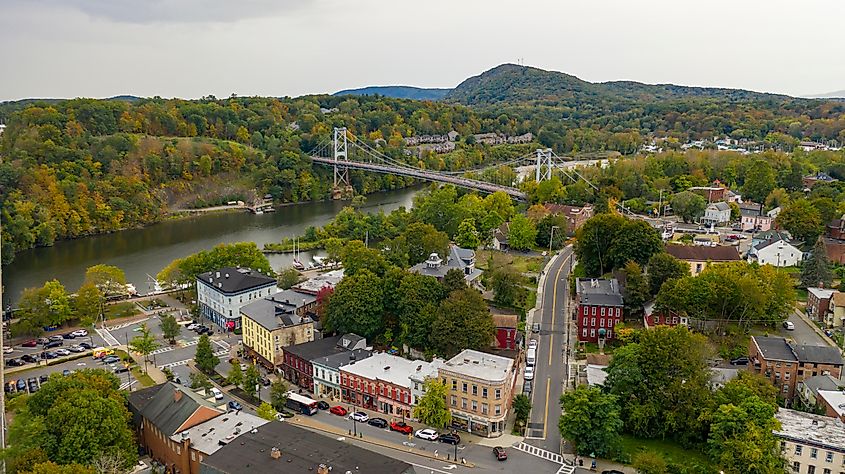
In the scenic Hudson Valley, Kingston was the first capital of New York State and played a crucial role in the American Revolution. These days, visitors can get a taste of the past in the Kingston Stockade District. Covering an area of eight blocks, “Uptown Kingston,” as it’s known locally, is home to many colonial-era buildings including the Senate House. Now a State Historic Site, this well-preserved structure was already 100 years old when New York's first state government was established here on April 20, 1777.
A visitor’s center is provides guided tours. Be sure to also spend time exploring Kingston’s Rondout-West Strand Historic District, a lovely waterfront neighborhood with elegant old homes, boutique shops, art galleries, and first-rate restaurants.
New Castle, Delaware
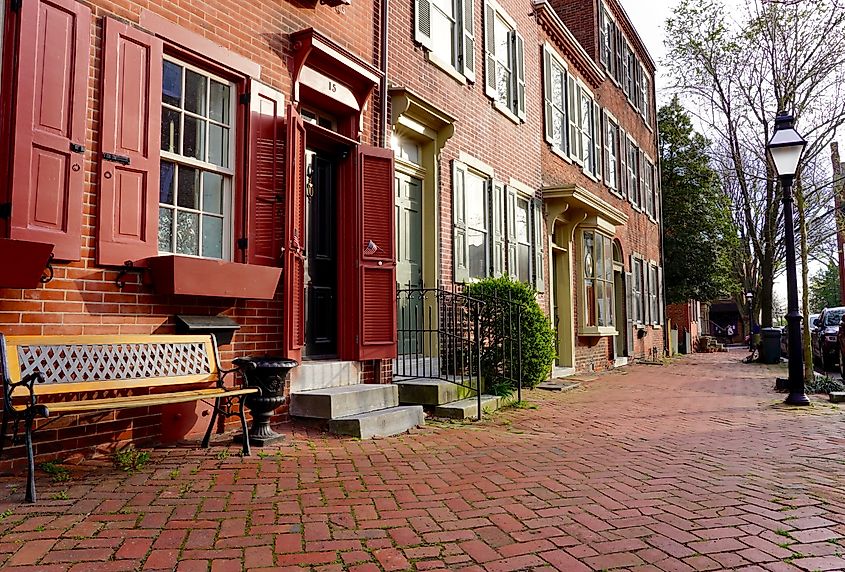
The historic New Castle Green in New Castle, Delaware, USA. Editorial credit: George Wirt / Shutterstock.com
Its Delaware River setting made New Castle of strategic importance for the state of Delaware and was a contributing factor to its being selected to serve as Delaware’s capital from 1704 until 1777. As a result of a downturn in fortunes from the late 18th century onwards, New Castle has changed little since, with many of its original buildings left untouched, making it something of a living museum of colonial and early American architecture.
New Castle Court House Museum, set in a lovely-looking building dating from 1732, is notable for having been the state’s first capitol building and provides a fascinating look into the state’s founding. Amstel House Museum was built around the same time and was home to Governor Nicholas Van Dyke, a major player in the Revolutionary War and a signatory of the Articles of Confederation. Tours are available and offer the chance to see original artifacts from this important period of American history.
Corydon, Indiana
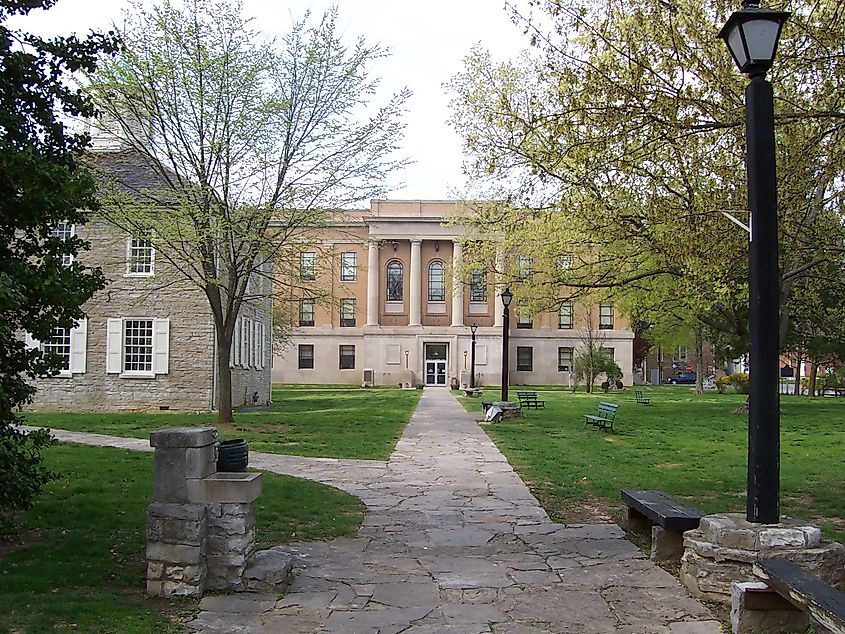
Corydon, the first capital of Indiana, is one of the prettiest small towns in the “Hoosier State.” The star here is Corydon Capitol State Historic Site, a must-visit Indiana attraction that preserves the original statehouse that was built in 1816 and served as the seat of government until 1825.
In Corydon Historic District, an area that encompasses much of the town, the statehouse can be toured and offers a fascinating insight into the people and events of this period of time in the Midwest. Other historic buildings worthy of a visit are Governor Hendricks’s Headquarters and the Old Treasury Building. The Harrison County Fair, Indiana’s oldest county fair, is another fun thing to do in Corydon and features rides, agricultural exhibits, and family-friendly entertainment.
Exeter, New Hampshire
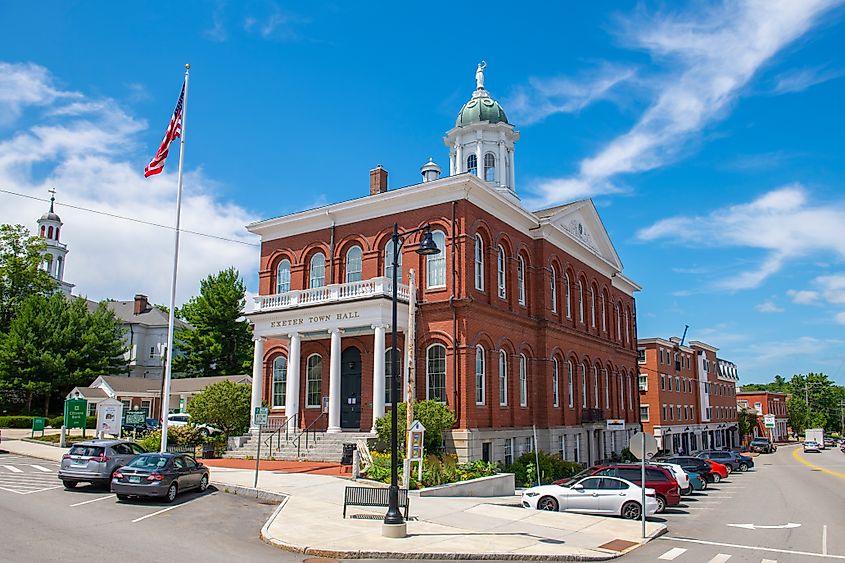
Exeter, one of the first towns to be established in New Hampshire, served as the state capital from 1775 to 1788 and was to play a leading role during the Revolutionary War. Set along the Squamscott River, this period of the past can be explored at the American Independence Museum, a must-visit for historians as well as those with only a general knowledge of the country’s history.
Housed in the Ladd-Gilman House (aka, Cincinnati Memorial Hall, circa 1775), visitors can explore this one-acre site before taking a stroll past other buildings from this period in the downtown area. Summer in Exeter features the annual American Independence Festival, celebrating the town’s historical significance with parades, reenactments, and fireworks each July Fourth.
Vandalia, Illinois
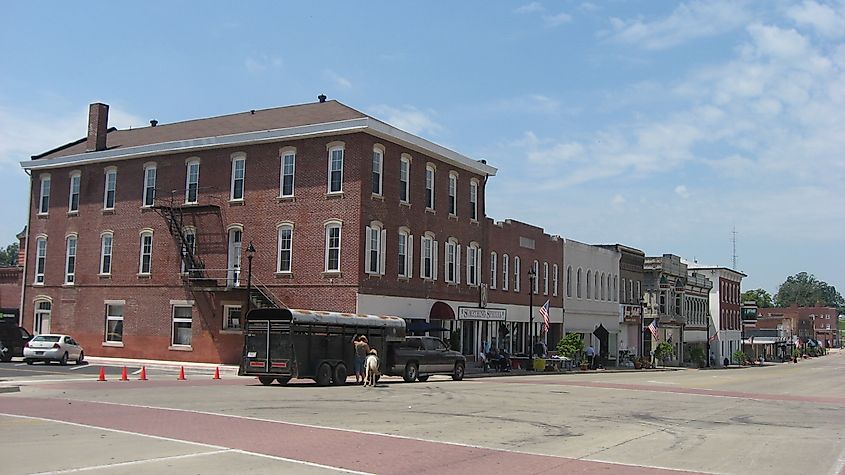
The capital of Illinois from 1819 to 1839, Vandalia took its name from the proposed colony that British investors had planned to develop in what is now Kentucky and West Virginia. In southern Illinois, several well-preserved landmarks from this period still stand, most notably the Vandalia State House, built in 1836 and the oldest surviving state capitol building in Illinois.
Now a State Historic Site, it offers a fascinating glimpse into the state’s early legislative history with well-preserved original fixtures and exhibits about its role in state government. Guided tours are available. If possible, try to time a visit to coincide with Vandalia’s Grande Levee, a nearly two-century-old celebration that takes place in mid-June with period costumes, craft demonstrations, and live entertainment.
Newport, Rhode Island
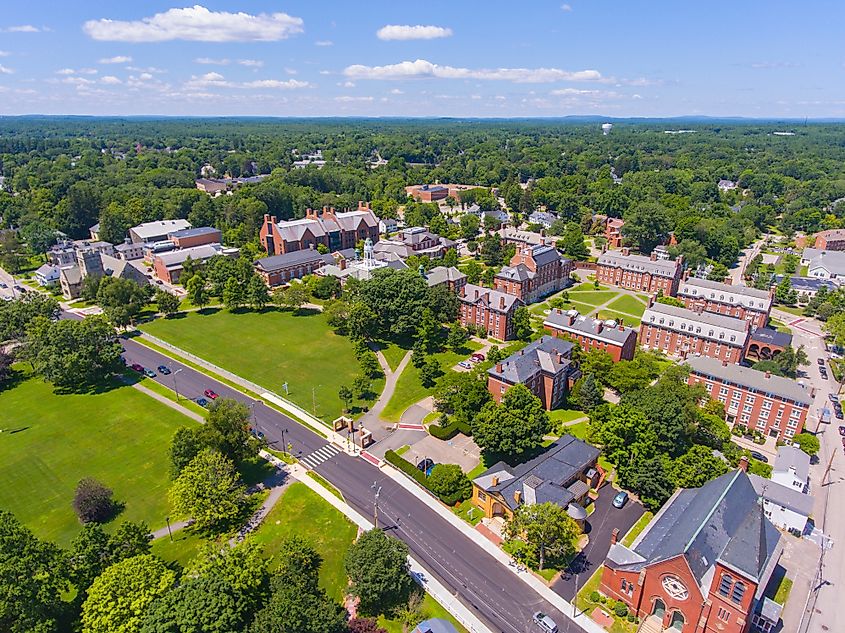
Phillips Exeter Academy in the historic town center of Exeter, New Hampshire, USA.
Newport has the distinction of being the co-capital of Rhode Island along with Providence from 1776 to 1900, the latter part of which was to become a period of US history known as the “Gilded Age,” a term used to describe the immense wealth that elite families amassed… and splurged. Newport certainly benefitted from the indulgences of privileged families such as the Vanderbilts and others, whose opulent mansions, such as The Breakers and Marble House, today serve as museums offering a glimpse into the lifestyles of America's elite in the late 19th century.
A glimpse of the town’s role as state capital can be enjoyed at the Old Colony House. Also known as the Old State House, this attractive red-brick Georgian-style edifice was built in 1741 and regularly hosted government sessions.
Princeton, New Jersey
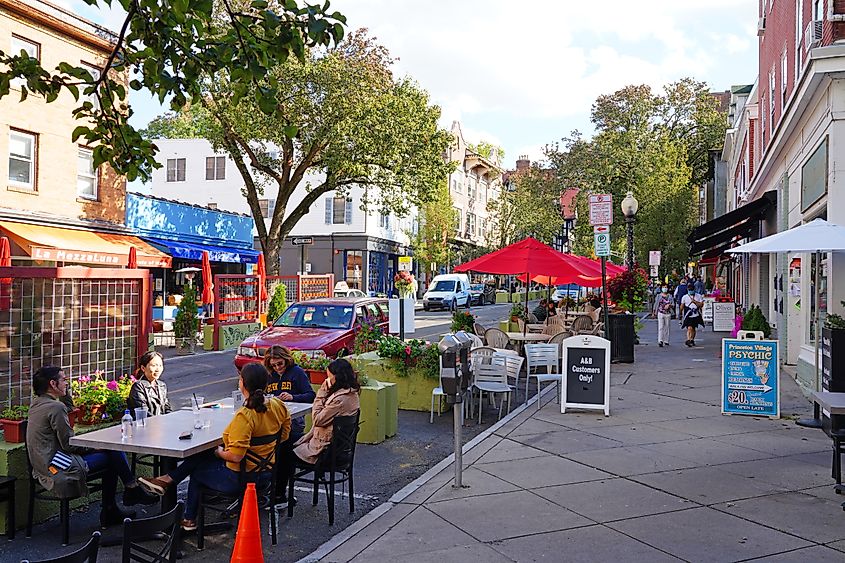
Roughly midway between New York City and Philadelphia, Princeton is, of course, well known as the home to Princeton University, founded in 1746 and one of the oldest universities in the United States. Princeton also holds a unique place in New Jersey's history as state capital during the turbulent years of the American Revolution and even served as the American capital for a brief period in 1783.
Prior to this, the town hosted the Continental Congress, the legislative body of the Thirteen Colonies, at Nassau Hall. Now part of Princeton University's campus, this National Historic Landmark can (and should) be toured. Other important historic sites here include Princeton Battlefield State Park, commemorating the pivotal victory of General George Washington's forces against the British on January 3, 1777. A visit to the park includes the Clarke-Ford House, now a museum that offers fascinating insights into the battle and its significance.
Discover America’s Historical Gems
Exploring small towns that once served as state capitals offers a unique perspective on American history and culture. Though no longer political centers, these towns do an excellent job of preserving and celebrating their unique heritage through well-maintained historical sites and landmarks. Whether you're a history buff, a nature lover, or simply seeking a peaceful getaway, these former state capitals are fun to explore.











